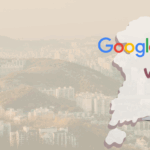UPDATE: As for 2025, the VIEW search results have been fully integrated into Smart Block. Therefore, the following information is outdated and should only be considered as a reference on how the Naver algorithm has evolved over time.
Introduction to Naver View
The VIEW search is a section showing the results of Naver Café, Naver Blog, and Naver Post (which are Naver properties) – Naver Post has scheduled to terminate its servers on the 30th of April 2025. It shows a maximum of 10 results per keyword, and it is an effective section to increase the Share of Voice (SoV) in search results, because usually it is a section located at the top of search results along with the advertisement section. Without targeting that section.
Then, what algorithm is applied to the platforms that occupy the Naver section, such as Naver Café, Blog, and Post, and what should Naver blog optimization writing consider?
Ranking factors in Naver View
In the last few years, the Naver algorithm has become much more sophisticated than it was before by introducing machine-learning techniques. This has been especially noticeable on the blog search (now included in the VIEW section of the SERP), which has been notorious for not matching user intent.
Currently, two algorithms are largely applied to the VIEW search.
C-Rank
First, we have the C-Rank (creator rank). This algorithm analyzes the credibility, popularity, and authority of the source, or the content creator, rather than focusing on the content itself.
This algorithm was first introduced in 2016 and is still working in the present. The C-Rank algorithm favors creators that are experts on a single topic, rather than bloggers who post about multiple topics.
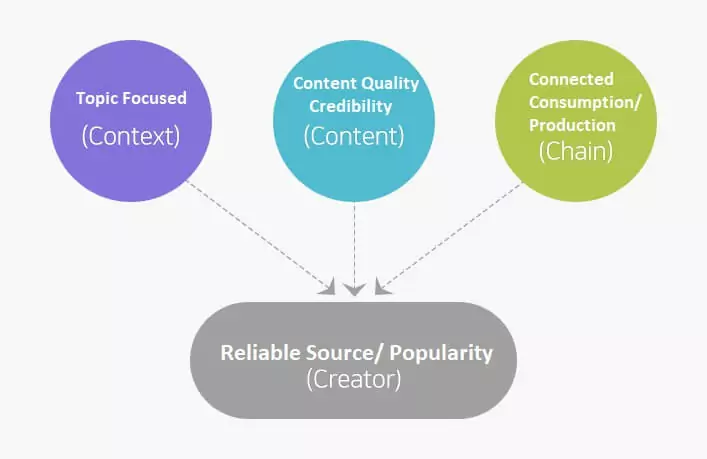
These are the most important factors to consider for the C-Rank:
• Quality of the content
• Content credibility
• Content popularity
• Backlinks
• Blog activity
• Topic focused
The obvious downside of this algorithm is that the results in the View section are determined by the quality of the source rather than the quality of the content itself. So, in this case, bloggers who have been writing about a topic for a longer time and have higher popularity will rank higher than newer bloggers, even if they are experts on the topic and create exceptional content.
D.I.A.+
Deep Intent Analysis Plus (also known as D.I.A.+) is the improved version of the latest algorithm D.I.A., which mainly focuses on the user’s preferred content.
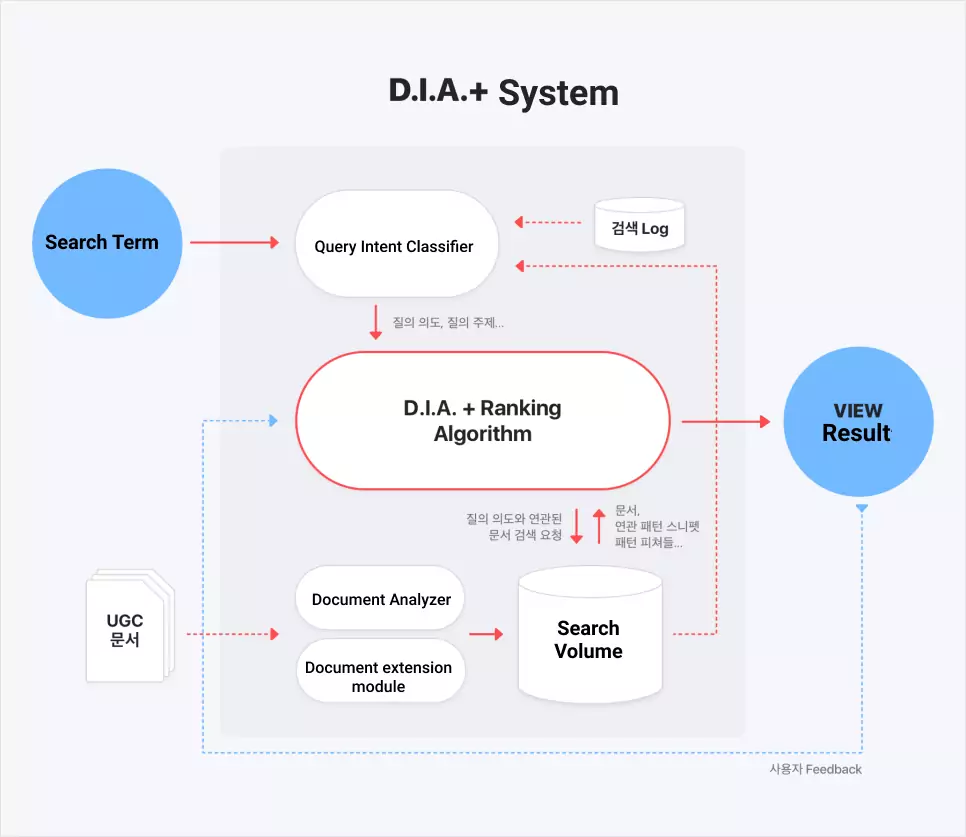
The new algorithm was introduced in Nov 2020 and was launched with several machine-learning improvements. D.I.A. considers multiple factors, such as the user experience, time spent on a page, user feedback, and content quality.
These are some factors to consider for the D.I.A.+ algorithm:
• Content patterns analysis
• Search intent
• Diversity of results
• Users feedback
The introduction of this algorithm has helped to improve the quality of the search results of user-generated content on the VIEW Search.
Another improvement on the VIEW section is the incorporation of featured snippets (similar to Google’s) to provide users with relevant information about their queries at a glance. This is particularly noticeable in queries about pricing, which Naver states are around 20% of total results.
However, since the results from the VIEW search are based on user-generated content (UGC), the information highlighted on the featured snippets is usually based on previous experiences and can be inaccurate at times (for example, when talking about tickets pricing, accommodation, etc.)
Naver View Search algorithm improvements
Naver doesn’t stop improving its algorithm, and it is allocating quite a few resources to improve the user experience in the VIEW section.
Based on experiments and research, a stronger ranking algorithm will be applied from May 6th, 2021 introducing new ranking features. This comes with the necessity to keep pace with the rapidly changing content trends. Since Korean internet users are quite fast in adopting new trends, the VIEW search algorithm needs to respond faster to them.
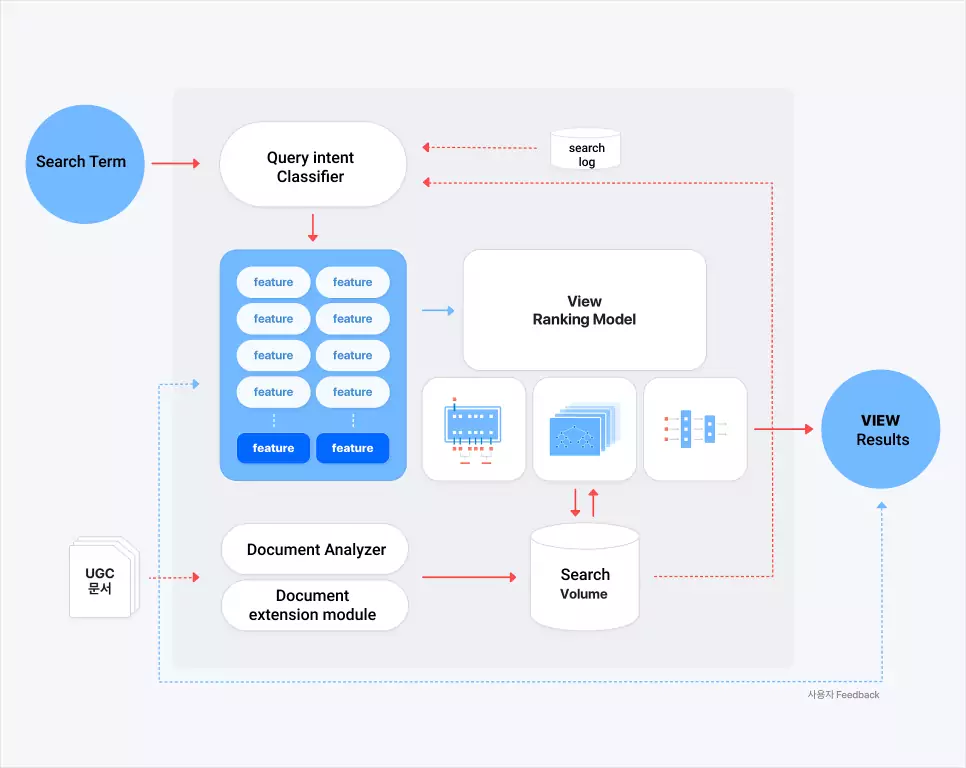
This update will also put even more emphasis on reflecting users’ feedback. However, will not fundamentally change the exposure of blogs, posts or cafés that have written good content.
Why optimize for the View Section?
Naver prioritizes paid search results and Naver’s own properties (blog, café, knowledgeIn) over organic results, which can be quite shocking for foreign internet users. Organic listings are usually pushed to the bottom of the SERP and get less visibility (if any).
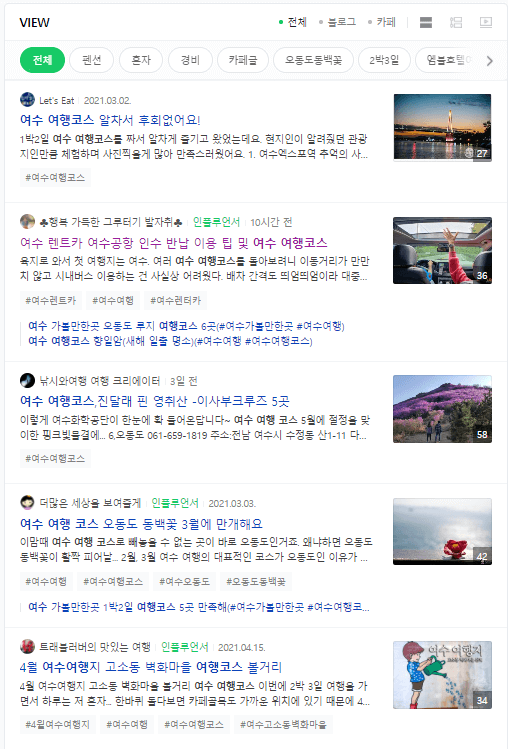
To get an idea, Paid search results can go up to 10 listings, and it is frequently followed by the VIEW section results (another 10 listings). This means a user has to scroll a minimum of 20 results to reach the first organic website. The number of websites shown per query is also not guaranteed, and in many cases is limited to 4 or 5, so the possibilities to show up in the SERP are quite limited unless your content is ranking in the top 3.
That is why we recommend allocating some resources to creating a Naver blog when thinking about doing SEO in South Korea. It might be challenging at first and will need time and optimization, but working with Naver properties can potentially bring you much more visibility on Naver SERP than focusing on pure website SEO alone.
Sources:
Image Screenshots: Naver Search & Tech
Resource: Naver Data Lab





